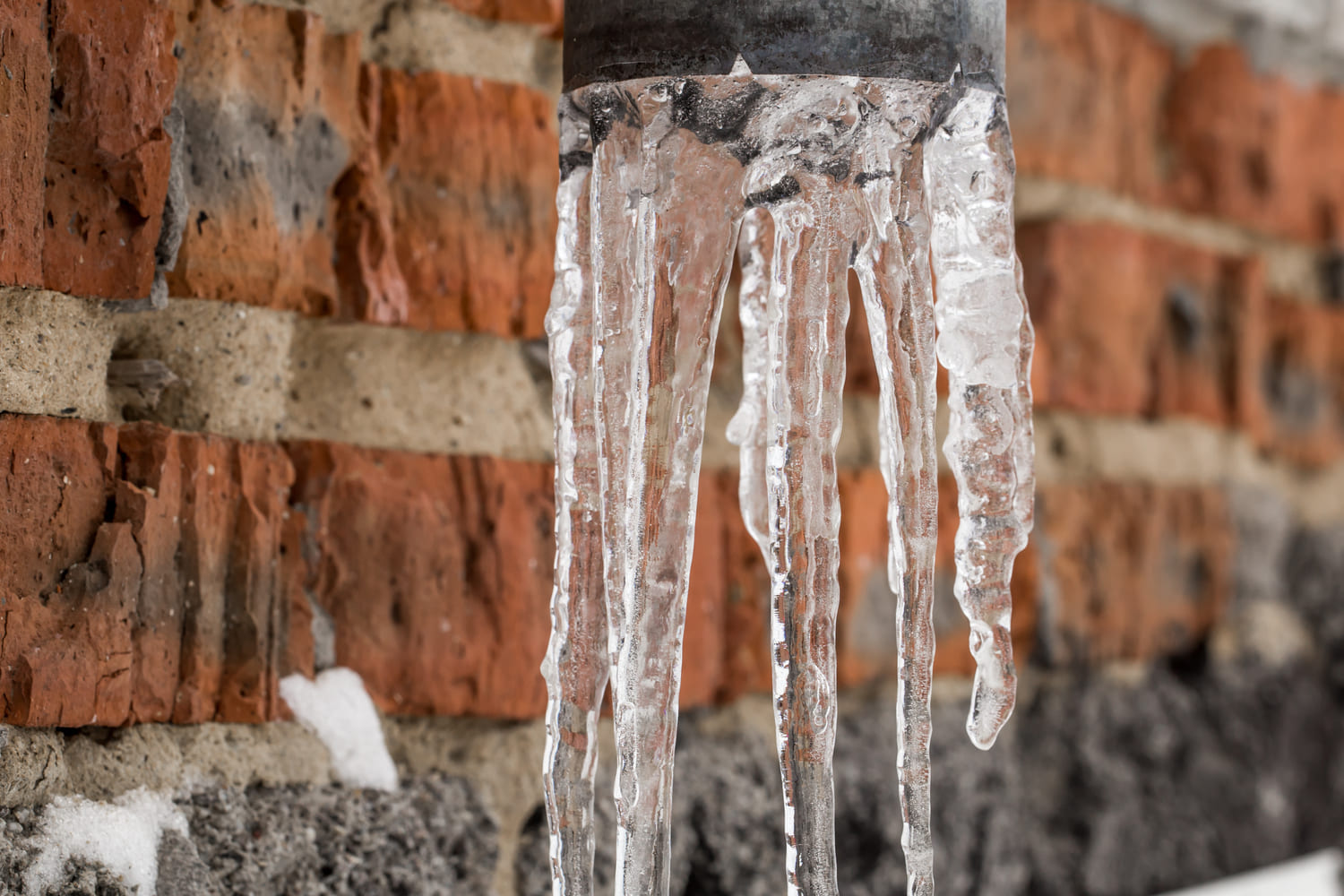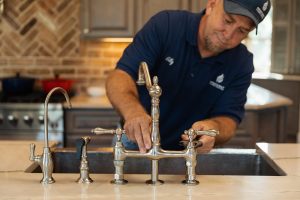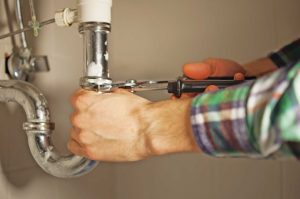For property owners or managers in Texas, the risk of frozen pipes significantly increases during cold winter days, particularly when the temperature drops below 28 degrees Fahrenheit. You might have pondered: can frozen pipes thaw naturally?
Here, we provide the answer to that query, along with valuable tips on effectively thawing frozen pipes & preventing this issue from occurring in the first place.
Frozen Pipes Shouldn’t Be Allowed To Thaw On Their Own
Risk Of Bursting
Frozen pipes will eventually thaw independently, but the process may take several days or weeks. In the event of a severe cold spell in Texas, the temperature could remain below freezing for an extended period.
At the same time, it’s important to consider that the water inside the pipes has the potential to expand. According to the laws of physics, water tends to occupy more space when it freezes. As a result, when the ice expands beyond the capacity of your pipes, they can burst.
This unfortunate event not only leads to the breakage of the pipes & renders your plumbing system unusable, but it can also result in substantial water damage.
Hence, in most situations, letting pipes thaw on their own is not advisable. To safely & effectively thaw them, please adhere to the following steps.
Here’s How To Thaw Frozen Pipes?
Locate The Frozen Pipe.
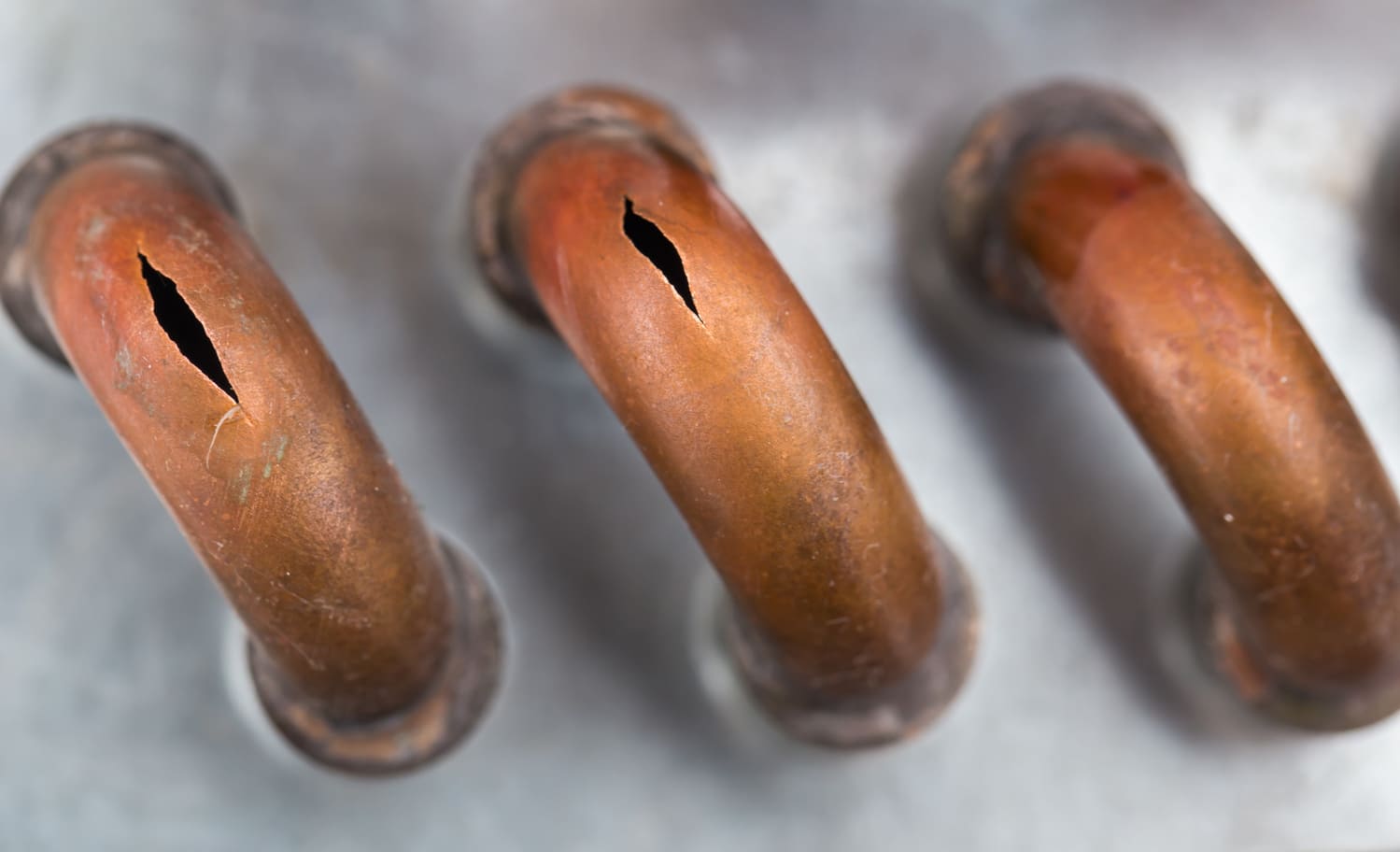
To begin, identify the frozen pipe. There are multiple methods to accomplish this task. Naturally, no water will flow from the tap or appliance it serves. If the pipe has frozen for an extended period, you might even observe ice protruding from the spigot where dripping water has solidified. This phenomenon is occasionally observed in unused & unheated properties & outdoor faucets.
Frozen pipes are typically found in the coldest areas of a property, such as along exterior walls that receive little sunlight. They may also be located under cabinets or in crawl spaces exposed to the outside. You might feel a pipe is extremely cold or observe frost or water droplets forming.
Here’s a pro tip: if you come across a frozen pipe, chances are there might be others. Take a moment to double-check all your taps & appliances, such as the dishwasher & clothes washer, to ensure a steady water flow. Stay prepared, & keep those pipes thawed!
Open The Faucet
To start, open the faucet connected to the frozen pipe. If applicable, make sure to open both the hot & cold taps. This will relieve pressure in the system. As the pipe thaws, it will allow melted water to exit, aiding in the acceleration of the thawing process.
Apply Heat Carefully
Increase the temperature in the room where you are working to warm up the pipe.
Begin by tackling the area nearest the faucet or where the water enters the property’s interior. This way, when the ice eventually thaws, it will have a clear path to flow away.
Take caution when applying heat to the frozen section of the pipe. Depending on the tools at your disposal & the intricacies of your plumbing, there are various approaches you can consider.
- Use a hairdryer but keep it away from water & never leave it unattended.
- Avoid placing a portable heat lamp or space heater near water to prevent shock risks.
- Consider using electrical heating tape to wrap around the pipe for gradual ice melting.
- Hot towels can also be effective but require continuous reheating as they cool down.
Avoid using a blowtorch or any open flame to defrost your pipes.
Call Proficient Plumbing Solutions For Hard-To-Reach Pipes.
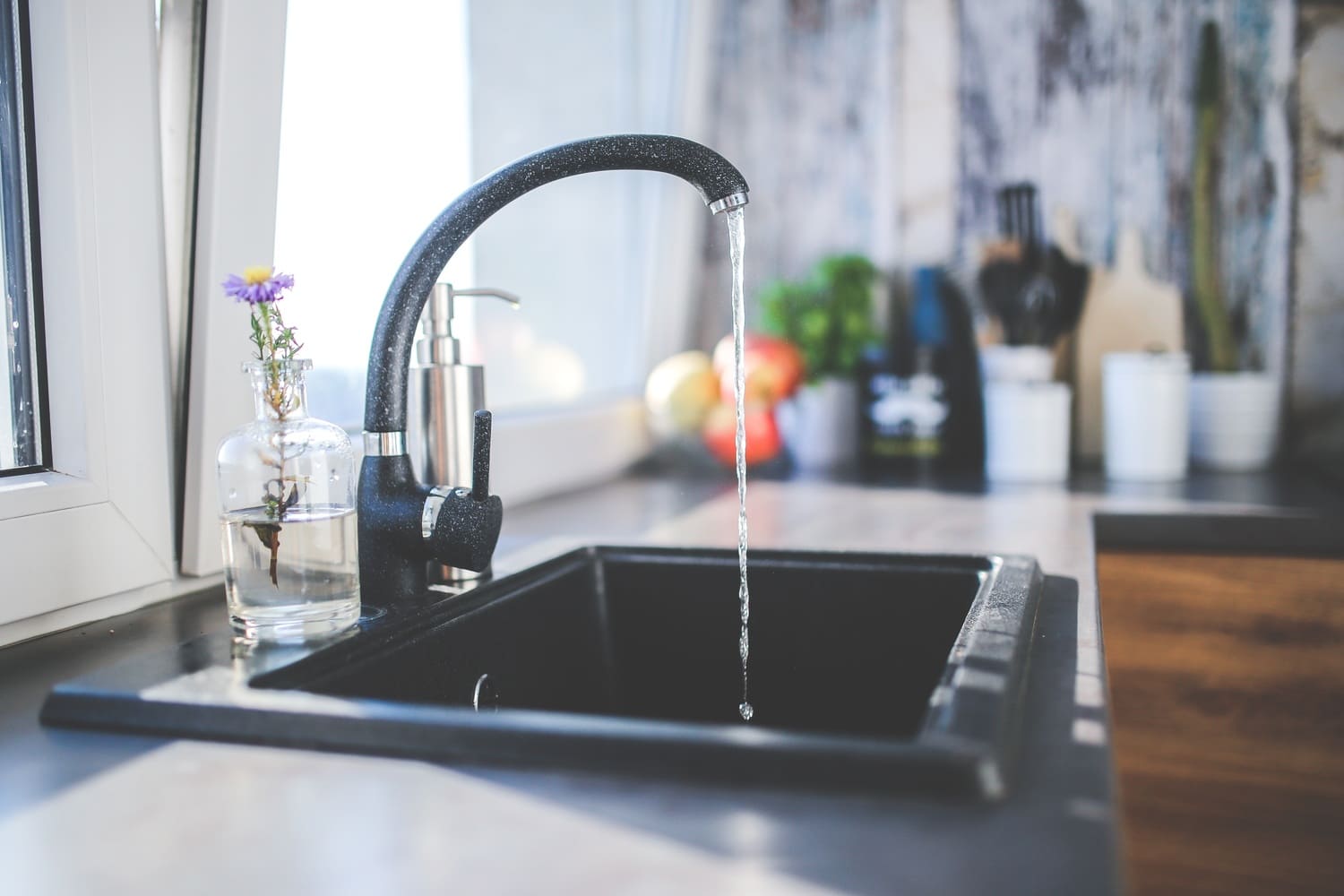
In situations where pipes are concealed within walls or situated in hard-to-reach areas, the expertise of a plumber may be necessary. They may need to carefully remove a wall section or employ advanced techniques like infrared heating to address such challenges.
The Best Defense Is A Good Offense
Proactive approaches
It’s best to take precautions & prevent your pipes from freezing to avoid the hassle. Consider these helpful tips to ensure smooth sailing:
- Maintain the thermostat at 55 degrees Fahrenheit or higher when the outside temperature drops below 28 degrees to prevent freezing.
- Advise tenants not to lower the heat excessively to save money when they are away.
- Open cabinet doors under sinks during extremely cold weather to avoid freezing pipes.
- Keep faucets running in freezing conditions to prevent pipe freezing.
- Close doors to the garage & other areas where cold air can enter & cause pipe freezing.
- Insulate accessible pipes as a DIY measure or seek professional help for inaccessible pipes.
- Before the first freeze in fall, disconnect exterior hoses & cover outdoor spigots.
- Drain pipes in vacant units undergoing renovation with no heat to prevent freezing. Shut off the water source & flush the pipes & toilets.
Should you require help identifying a frozen pipe, insulating your plumbing, or managing the fallout of a burst pipe, don’t hesitate to reach out to Proficient Plumbing Solutions in Dripping Springs, TX. We’re at your service.
Our team is available 24/7 for emergencies. By following the advice provided above, you can prevent the need to contact us for a burst pipe this winter!


